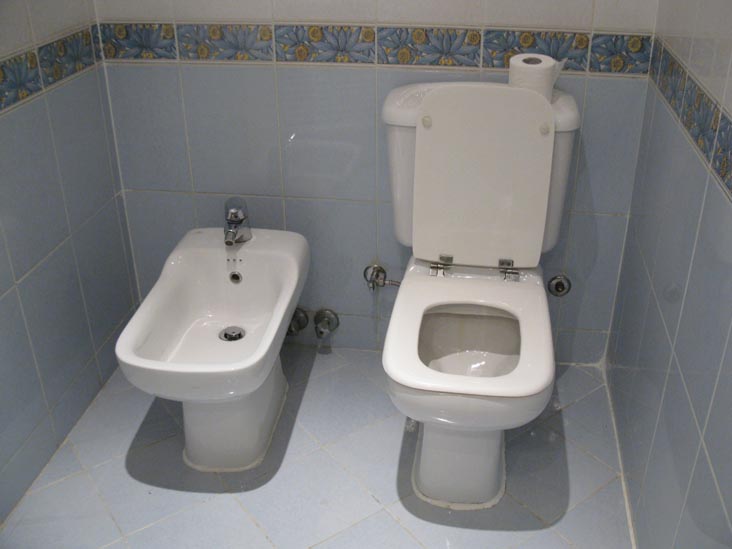You Know It Until You See It
In the seventh grade I had a science teacher with a wicked pedagogical sense who, among other things, successfully convinced many of us that it was at least theoretically possible for a man to bear a child. The method wasn't easy and would be quite onerous, he explained, but it had something to do with growing an embryo in one's eye, transferring it to one's side via invasive surgery and removing it via surgery again once the baby reached full term.
Of all the bad information he liked to dole out, this was one item that stuck with me for a very long time. Even into adulthood I held on to this possibility, this despite all rational evidence to the contrary, not least of which being a very thorough week of sex education in the sixth grade. This teacher, I don't mind telling you, was the subject of odd rumors at my school after we found out that he had been transferred from another school in the district.
Then again, for the duration of the school year, he had what could have been an unruly class in the palm of his hand, so maybe it all worked out in the end. I don't think this method of teaching would pass muster in the overly standard-focused era of No Child Left Behind, however.
I don't know for sure that this teacher was the same source of information about flushing toilets in Egypt, but it wouldn't surprise me. Because long after I excised the admittedly remote possibility that a man could bear a child, I stubbornly held on to the notion that toilets in Egypt flushed in the opposite direction as toilets elsewhere. During Christmas — this past Christmas! — I went as far as asking one of Jen's relatives if this was true, this person being an industrial designer for a major company that manufactures toilets. We were headed to Egypt, I explained, and I was dying to know.
Cousin Mike was gentle with me and he buried the obvious lead — that even if this were true, and a toilet's flush did actually flow in the opposite direction in the Southern Hemisphere, Cairo was more than 2000 miles north of the equator. But in his professional opinion, the flow of a toilet's flush had more to do with the shape of the ceramic than any sort of alleged Coriolis Effect.
Our first night in Egypt I anxiously inspected the bathroom, only to find a frustratingly square-shaped toilet bowl:

So this mystery would never be solved on this particular trip. And after coming home and Googling the subject, I'm satisfied that I wasn't missing anything.
But going back to why I thought this in the first place, I wondered where this all came from. You know where certain stubborn beliefs originate. Not treating diarrhea with anti-diarrheal medicine based on the mistaken belief that it's better to get the bug out than leave it in your system, for example — I can probably figure out who and when I got this. Maybe it's just all goofy scientific experiments in grade school — the faith in empirical data — or "you know it until you see it."
One thing I never fully comprehended, except that I eventually figured it out, was that the Upper Nile is not north of the Lower Nile. In this way, the Upper Aswan Dam — what a piece of engineering! — is south of the Lower Aswan Dam. The Nile flows from south to north, of course, which is unusual (but not unique), thus the globe-upending sensation while you're in Egypt.
It's possible that's what I was thinking of — since the Nile flowed north, then clearly the toilets would flush in a similarly exotic manner. And the best thing — our toilet at home seems to flush in no particular direction, just straight down (I just checked). Now go figure out that one.
See also the Big Map: Egypt/Jordan, December 27, 2010-January 11, 2011.
Posted: January 19th, 2011 | Author: Scott | Filed under: National Geographical | Tags: Bad Education, Coriolis Effect, Grand Egypt & Jordan Adventure, The Direction Of A Toilet's Flush

